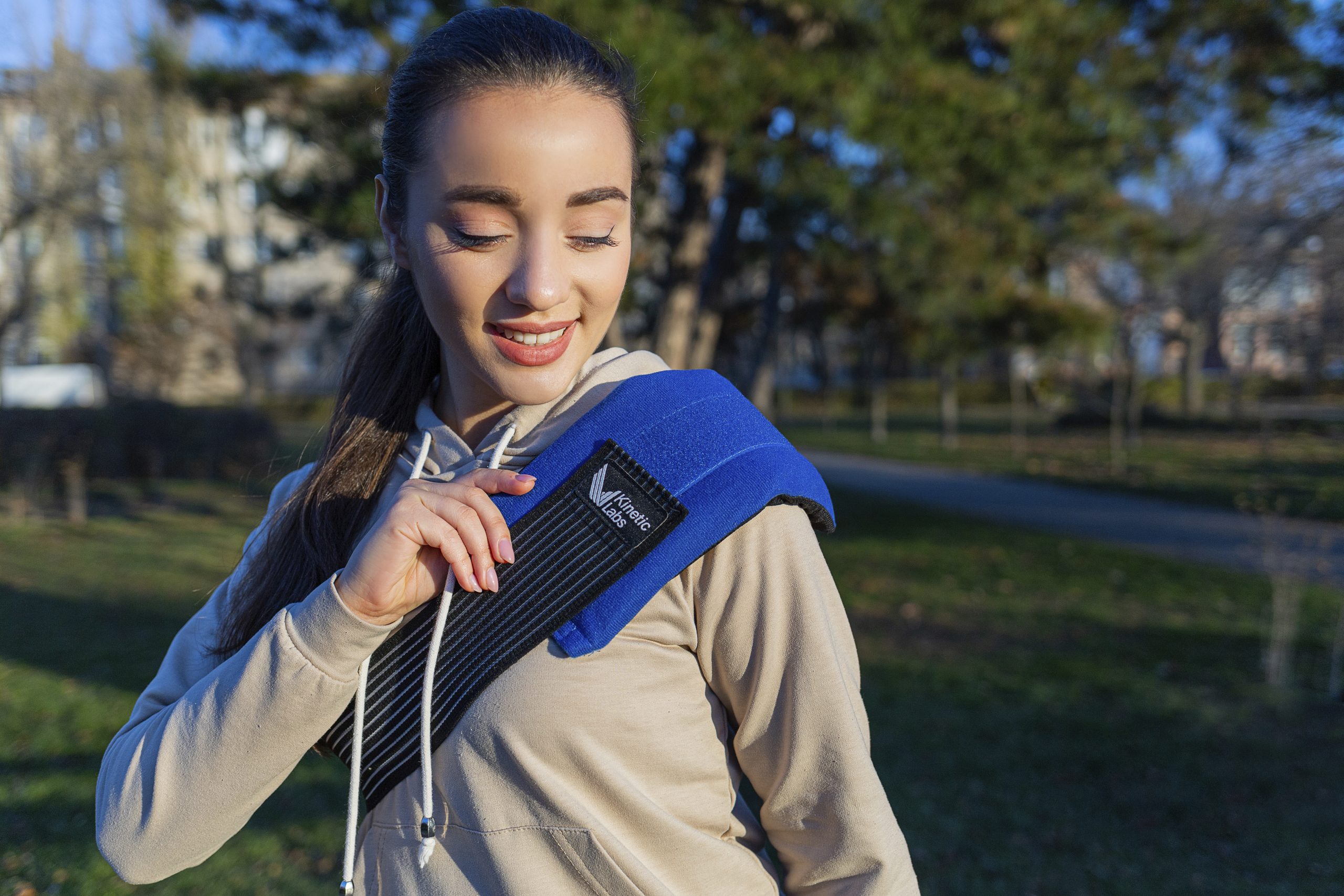The Great Debate: Heat or Ice for Sore Muscles
When it comes to muscle soreness, you may have heard conflicting advice on whether to use heat or ice to relieve the pain. On one hand, some people swear by the soothing effects of a hot bath or heating pad. On the other hand, others turn to ice packs or cold compresses to reduce inflammation and numb the pain. So, what’s the right choice? In this article, we’ll examine the evidence for and against each method, and explore factors to consider when deciding whether to use ice or heat for muscle pain. Our goal is to provide you with a balanced look at the great debate: heat or ice for sore muscles.
Is heat good for sore muscles?
Heat therapy, also known as thermotherapy, involves the use of heat to increase blood flow and relax muscles. The warmth of a heating pad, hot water bottle, or warm bath can help to loosen tight muscles and improve flexibility. Heating sore muscles is often recommended for muscle soreness that is chronic (long-lasting) or caused by overuse, as it may help to reduce muscle spasms and stiffness.
There is some scientific evidence to support the use of heat therapy for muscle soreness. A study published in the International Journal of Environmental Research and Public Health found that a combination of heat and exercise was more effective at reducing neck muscle pain than exercise alone. Other research suggests that heat therapy may also be beneficial for relieving muscle spasms, cramps, and tension headaches.
Some common examples of heat therapy techniques include:
- Heating pads: These can be placed on the affected area for a prescribed amount of time, usually 20-30 minutes.
- Hot water bottles: Filled with hot water, these can be placed on the affected area for a warm, moist heat.
- Hot baths or showers: Soaking in a warm bath or taking a hot shower can help to relax muscles and reduce stiffness.
- Heat wraps: These are self-heating pads that can be worn around the affected area for a hands-free heat therapy option.
Does ice help sore muscles?
Ice therapy, also known as cryotherapy, involves the use of cold temperatures to reduce inflammation and numb pain receptors. Cold compresses, ice packs, and ice baths are all examples of ice therapy techniques. These techniques can be used to treat muscle soreness. Ice therapy is frequently recommended for muscle soreness that is acute (short-term). It is also often recommended for muscle soreness caused by an injury, such as a sprain or strain. The cold temperatures can help to reduce swelling and numb the area, providing relief from pain.
There is some scientific evidence to support icing sore muscles. A scientific study published in the International Journal of Sports Physiology and Performance found that post-exercise cooling accelerated recovery in elite soccer players. Other studies have found that ice therapy may be helpful for reducing pain and improving function in people with acute muscle injuries, such as sprains and strains.
Some common examples of ice therapy techniques include:
- Ice packs: These can be placed on the affected area for a prescribed amount of time, usually 15-20 minutes.
- Cold compresses: These can be made by soaking a cloth in cold water and placing it on the affected area.
- Ice baths: Soaking in a tub filled with cold water and ice can provide a more intense form of ice therapy.
- Cryotherapy chambers: These are specialized cold chambers that can be used for whole-body ice therapy. However, they are not commonly available and may not be suitable for everyone.
Factors to consider when deciding between heat and ice:
When it comes to choosing between heat or ice for sore muscles, there are a few key factors to consider. Here are some things to keep in mind:
- The stage of muscle soreness: If your muscle soreness is acute (short-term) and caused by an injury, such as a sprain or strain, ice therapy may be the better choice. The cold temperatures can help to reduce swelling and numb the area, providing relief from pain. On the other hand, if your muscle soreness is chronic (long-lasting) or caused by overuse, heat therapy may be more effective at relaxing muscles and increasing blood flow.
- The type of muscle injury: The type of muscle injury can also influence the choice between heat and ice. For example, ice therapy may be more helpful for injuries that involve swelling, such as a sprained ankle. Heat therapy, on the other hand, may be more beneficial for injuries that cause muscle spasms or stiffness, such as a back strain.
- Individual preferences and tolerance: Ultimately, the choice between heat and ice may come down to personal preference and tolerance. Some people find heat therapy more comforting and relaxing, while others prefer the numbing effects of ice therapy. It’s important to pay attention to your own body and choose the method that works best for you.
It’s worth noting that some people may find a combination of heat and ice therapy to be most effective. For example, you might use ice therapy immediately after an injury to reduce swelling, and then switch to heat therapy a few days later to relax muscles and improve flexibility. If you’re not sure which method is best for you, it’s always a good idea to consult with a healthcare professional for personalized treatment advice.
Conclusion:
In conclusion, the great debate of heat or ice for sore muscles is not an easy one to resolve. Both methods have their supporters and evidence to back up their effectiveness. Heat therapy can increase blood flow and relax muscles. It may be particularly useful for chronic muscle soreness or injuries caused by overuse. Ice therapy, on the other hand, can reduce inflammation and numb pain receptors. It may be especially helpful for acute muscle soreness or injuries caused by a sudden impact.
When deciding between heat and ice for muscle soreness, it’s important to consider the stage of soreness, the type of injury, and your personal preferences and tolerance. A combination of heat and ice therapy may also be effective, depending on the specific situation. Ultimately, the best choice will depend on your individual needs and goals. Not sure which method is right for you? It’s always a good idea to consult with a healthcare professional for personalized treatment advice.


